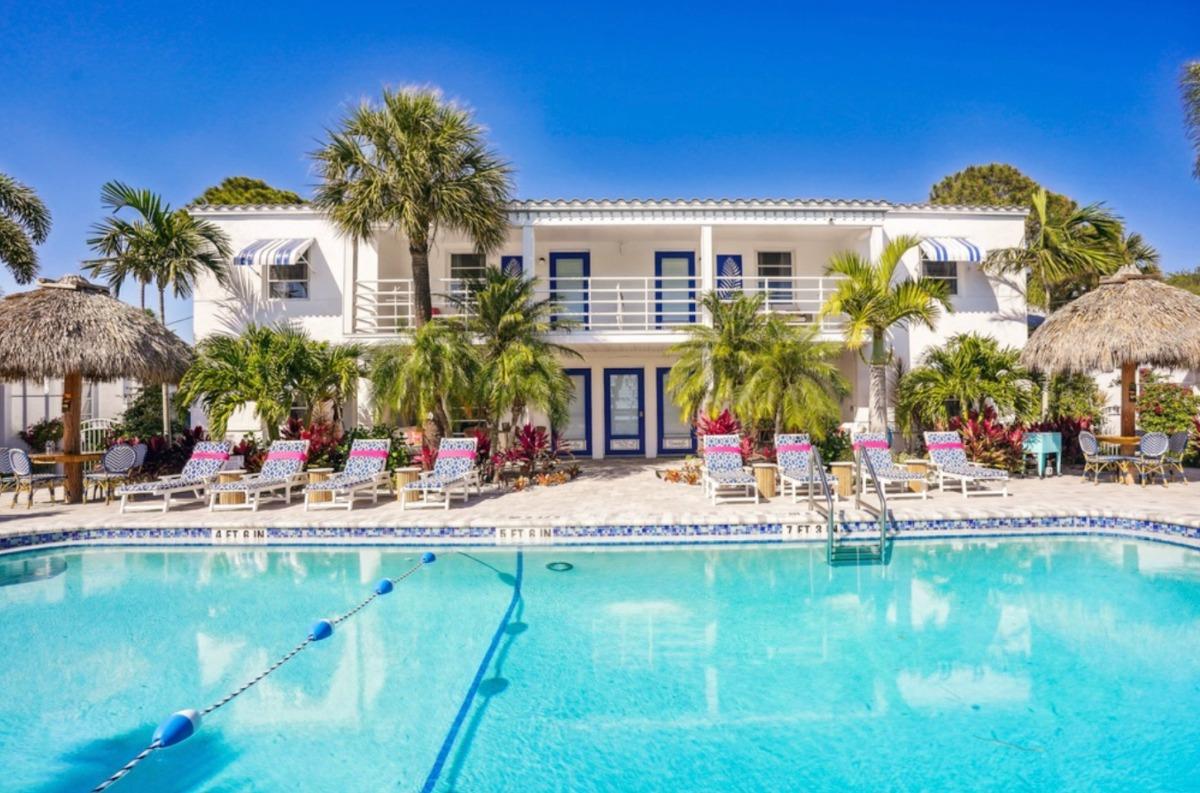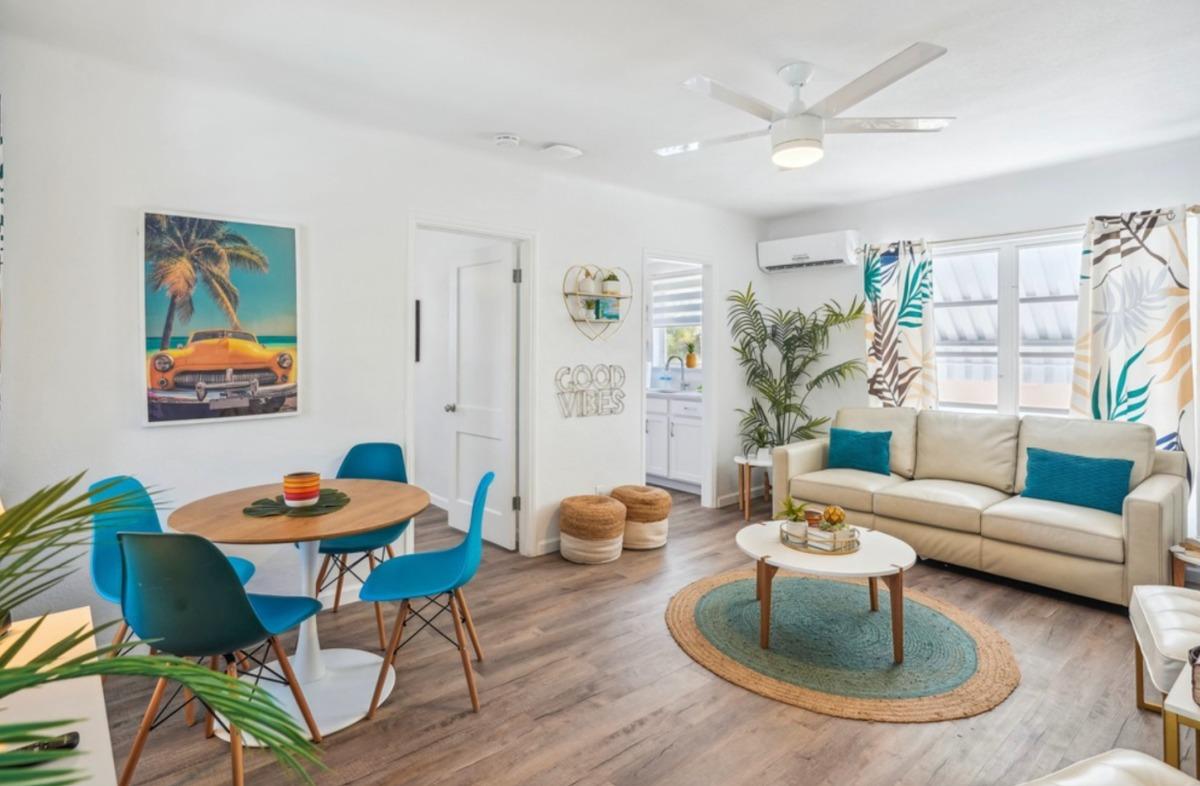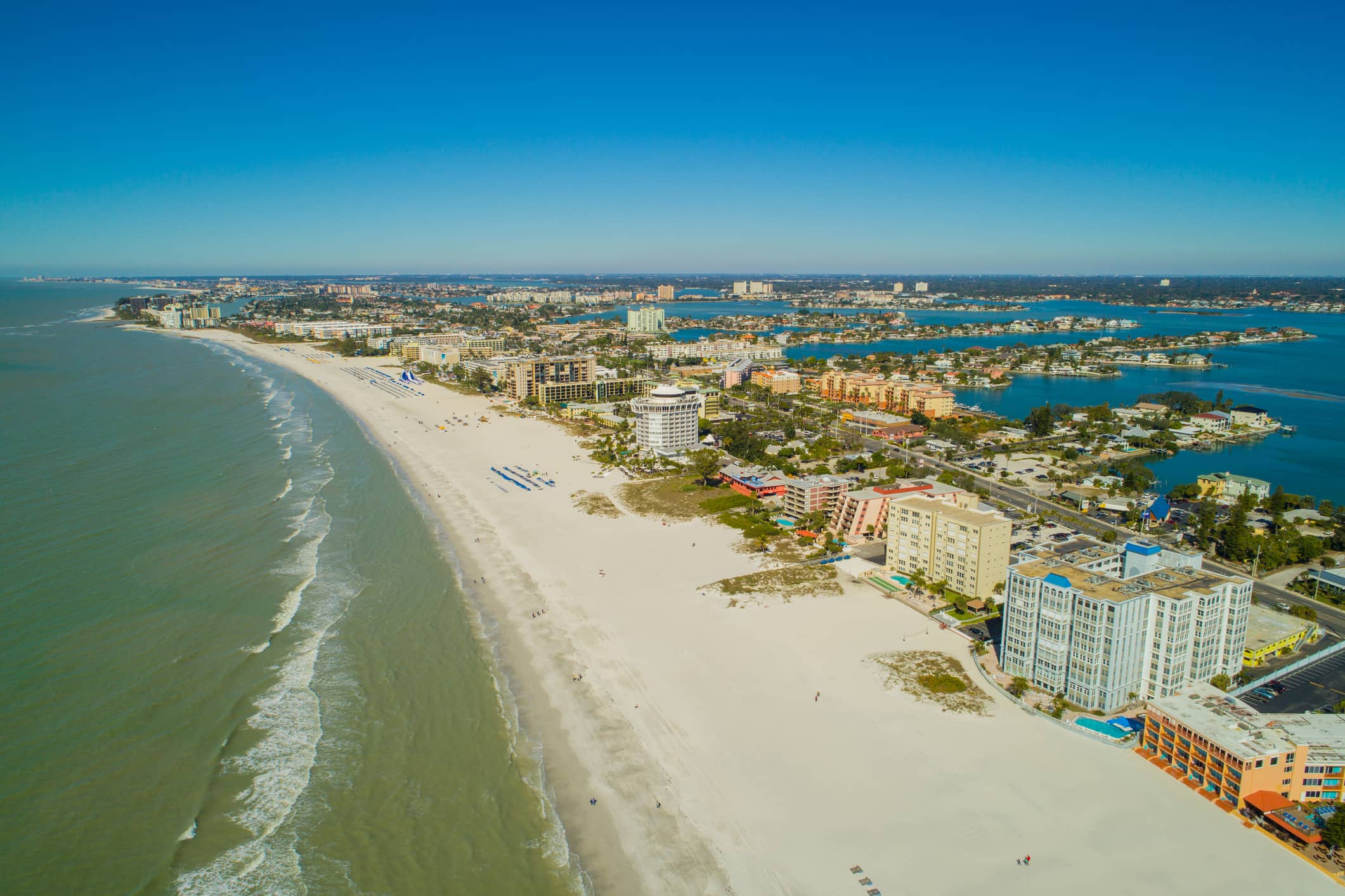If you really want to maximize the profitability of your rental in St. Pete Beach, setting a fixed nightly rate and leaving it to chance won’t cut it. In this competitive landscape, dynamic pricing, a practice widely employed by airlines and hotels, is the ultimate tool for extracting the most value from your property.
Dynamic works just as well for vacation rentals in St. Pete Beach. It involves monitoring market factors like demand for your beach rentals and your competitors’ moves. As professional vacation rental managers in St. Pete Beach/Tampa Bay, we live and breathe dynamic pricing at Resort Rentals. We conduct in-depth market analysis and fine-tune our rental rates daily, guided by a set of over a dozen crucial rules.
We meticulously review each property every week to ensure our bookings and occupancy remain on the right track. With years of experience, we can confidently say that our comprehensive approach to revenue management helps us outshine the competition in a crowded market.
And guess what? We’re happy to share some fundamental guidelines to help you in navigating the revenue management waters. Get ready to delve into the key rules that steer our dynamic pricing and rate-setting strategy.
The primary determinant: occupancy
With increasing competition in St. Pete and the broader Tampa Bay area, it’s crucial to stay in the know about what our competitors are doing. Our short-term rental pricing strategy varies depending on the time of year. We target an optimal occupancy range of 65-75% in the next 30 days. To put it simply, we aim to secure high-quality bookings without leaving too many empty spots for last-minute stays.
First and foremost, we closely monitor the local competition. It’s essential to ensure that our pricing aligns with similar rentals in the vicinity. Of course, we don’t compare apples to oranges, as condos and beach houses have their unique pricing dynamics. Instead, we pay attention to competitors that share a similar size, the ones that directly influence our booking trends.
In case we identify a surge in bookings in our area, we quickly adjust our prices to match the increased demand. This is particularly suitable during high season or events like the Kingfish Tournament or Sanding Ovations. In any case, we swiftly adapt to these emerging trends and automatically adjust rates.
Second, we factor in variability. Given that our typical booking lasts about 3.5 days, a single booking in a month can swing our occupancy by 10-20%. Therefore, while our target may be 75% occupancy for the next month, we won’t lose sleep if we’re at 50%. Instead, we keep a close eye on the situation, compare it with our competition, and make adjustments when needed.
Pro tip: at Resort Rental, we use some fantastic tools to monitor competition and demand, such as KeyData, and AirDNA, and we even have a custom software designed for tracking bookings and pricing.

To stay ahead in the revenue game, it’s crucial to closely monitor your competition. However, make sure not to compare apples to oranges; condos and beach houses have their unique pricing dynamics. Keep an eye on the properties that directly influence your booking trends. Pictured: Saltwater Suites, Redington Beach.
Booking window
In short-term rentals and the hospitality industry as a whole, a ‘booking window’ is the timeframe between when someone books your rental and when they actually arrive for their vacation. Watching your booking windows closely is one of the best tips for short-term rental income optimization.
For our beach rentals in St Pete Beach, this window typically spans three to four weeks. However, when dealing with larger rentals, you’re looking at a longer window — sometimes two to three months. Why? Well, handling a larger group simply requires more effort and planning.
With that in mind, it’s perfectly normal not to see bookings pop up two or more months in advance. In fact, if you notice too many bookings way into the distant future, it might be a good idea to take a look at your pricing. Chances are, it’s set a bit too low. It happens to the best of us.
Seasonality
We can say that success in short-term rentals is directly linked to capitalizing on different demand patterns throughout the year. Even if changes are a lot more noticeable in the rest of the country — Florida’s delightful sub-tropical climate attracts visitors year-round — there’s still a hint of seasonality in the sunshine state to keep in mind.
Let’s take a look:
- Slow months: January and February are considered the low season. Travel takes a break after the holidays and only picks up again with Spring Break. During these months, we charge rates that are significantly lower.
- Shoulder season: April, May, August, and September fall into the ‘in-between’ category. As the summer heat eases off and the school year begins, tourism slows down a bit. Rates are moderate during these times, and last-minute deal seekers are on the lookout.
- Peak months: the stretch from May to September is when things really heat up. That’s why we raise our prices during this period. Similarly, the winter months, typically from October/November to April, are also popular in Florida. That’s snowbird season: folks from the northerners flock to Florida for warmth during the chilly months. Christmas through New Year’s is another prime time for higher rates, so don’t be hesitant to adjust your pricing.
Pro tip: besides considering seasonal rates for St. Pete Beach vacation rentals, we also adjust rates for holidays and local events, like the ones mentioned earlier. Since our rental inventory is time-sensitive, it’s crucial to fill those beds and maximize your St. Pete Beach rental property ROI, which sometimes involves offering last-minute discounts. Hey, just one or two of these discounted stays a month can add up to several thousand dollars or more in your pocket by the end of the year.
Day of Week
In many short-term rental markets, the demand for beach rentals tends to take a dip on weekdays. From Sunday to Thursday, you might find prices that are less than half of what you’d charge on the weekends. That’s not too different in Coastal Florida. So, if you want to reel in more bookings during these quieter days, think about offering some sweet weekday discounts.
Amenities & Decor
When setting the price for any beach rental, we make sure it meets the expectations for a property of its size. Nowadays, hot tubs are a must-have amenity for home rentals, but the larger your property, the more amenities you should consider.
Whether it’s condos or beach homes, a modern and well-equipped kitchen is always expected. Guests want to don their chef hats while on vacation.
Regardless of the property’s size, it’s a smart move to provide some of the usual suspects, like pool access and beach gear — think beach carts, toys, and floats. These little extras can truly seal the deal!
And let’s not forget about the décor. A well-decorated rental will invariably perform better than one with standard, uninspiring décor. Incorporating some Instagram-worthy details in the interior design can work wonders and grab viewers’ attention when they browse for rentals online. All of these factors are sure to help you stand out from the competition.

Quality amenities and Instagram-worthy décor will always work wonders for your beach rental and help you secure more bookings. Pictured: Saltwater Suites, Redington Beach.
Extra tips to boost your beach rental’s revenue and success
While not strictly related to Revenue Optimization, we’d like to share a few additional tips:
- Guest quality: of course, we want to receive a lot of bookings, but at the same time, we want to ensure that guests take proper care of the property. Higher occupancy often leads to lower rates, which can attract clientele who may not respect your property, resulting in more damage. Vetting potentially troublesome guests is a topic for another post, but let’s just say that less than 1% of guest stays will require a damage claim. This is even less of an issue if you follow our approach: we monitor trends in our competitive landscape and set our rates roughly 10% higher while maintaining our occupancy between 70-80%. This results in less wear and tear while maximizing daily rates. It works for us!
- Listing SEO: several factors impact your listing’s rankings, including price, the date of the last update, Superhost status, selected amenity options, and more. Pay attention to the title, photos, and copy to boost clicks and conversions.
- Good Reviews: when your reviews fall below 4.7 stars, there is a 9% decline in booking revenue. If your score drops, you’ll need to lower prices to secure bookings. Reviews are primarily influenced by three factors: customer support, the quality of the listing, and the quality of cleaning.
You might even hear that your neighbor scored a booking at a higher rate for a place not as nice as yours. This can happen quite frequently in this industry. However, when you adhere to data-driven averages and maintain a solid and consistent pricing strategy, you’ll supercharge your revenue by the end of the year, leaving a big grin on your face.


